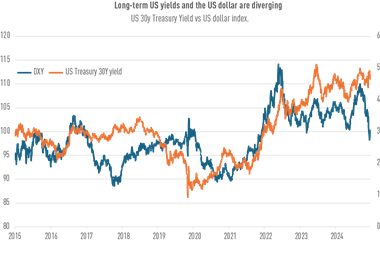China and India are considered to be in the greatest need of reform, according to the latest Allianz Global Investors Pension Sustainability Index report. Thailand is another country whose pensions sustainability is questionable. At the other end of the spectrum, Australia’s pension system is considered to be under the least amount of pressure to reform.
According to AGI’s report, strong economic growth in Asia has led to a prosperous middle class throughout the region. But the increased urbanisation and a breakdown in traditional family structures have caused socio-economic changes which have altered the retirement landscape. In emerging Asia, increasing the coverage of the public pension system is still a challenge. AGI notes that in the overall comparison of 37 countries studied, the Asian countries “rank among the very best and the very worst”.
Australia and Hong Kong rank highest because the overall structures of their old age provisioning systems are quite balanced, despite setbacks to their funded systems as a result of the financial crisis. This is not the case in India, which is under the most pressure to reform. The main challenge of India’s pension policy is its still extremely low coverage. Only 12% of the population is covered by any formal pension arrangement. China and Thailand, which also scored badly, are in a similar position. An additional impediment to Thailand’s pension system is its low legal retirement age (55 years). Even though these countries have already enacted pension system reforms, there is still much work left to be done.
Japan ranked fourth among the Asian countries. Though it does not have a coverage problem, Japan has one of the highest old-age dependency ratios in the world, which is expected to increase to unsustainable levels of almost 75% by 2050, compared to 45% in China. Another factor influencing Japan’s unfavorable ranking is its high national debt, which leaves no room for subsidizing the pension system should it become necessary.
The Pension Sustainability Index uses a wide range of sub-indicators such as demographic developments, public finances and pension system designs to systematically measure the need for further pension reform.
Some of the sub-indicators for reform are the current and future old-age dependency ratio, the size of government debt, the 1st pillar replacement ratio, the importance of funded pillars, pension expenditure and retirement age. However, the Pension Sustainability Index also includes indicators that capture reform in progress. The individual variables are then combined into one total score between 1 and 10. Taking all these factors into account, Australia ranks highest and is considered to be the best prepared. This conclusion matches the findings of the Global Pension Index methodology, devised by consultants Mercer in association with the Melbourne Centre for Financial Studies. Australia and Singapore came out best among Asia Pacific nations in this research, although none of the nine pension systems in the study made the top grade A. Those countries that made the B grade (65-80) were the Netherlands, Australia, Sweden and Canada. Singapore was among the countries ranked C (50-65) while China and Japan could only manage a D grade, marking them out as systems whose sustainability is in considerable doubt.
China is perhaps an anomaly in the survey, because of its evolving status and the fact that membership of the mandatory pension scheme is hugely skewed towards the urban population and represents only 20% of the labour force. The report notes that China’s index value could be increased by raising the level of coverage, introducing tax incentives for employee contributions and increasing the state pension age.
Japan needs to raise the minimum pension for low-income earners; increase the level of pension provision and thereby the expected net replacement rate for all; introduce tax incentives and raise the state pension age further.
Singapore should raise the level of support available to the poorest pensioners; further increase the amount of CPF that must be set aside for retirement purposes and encourage higher levels of saving by above average earners.
Australia needs to raise the level of mandatory contributions under the superannuation guarantee; require part of the retirement benefit to be taken as an income stream; increase the participation of older workers and introduce measures to increase the pension age as life expectancy increases.














No comments yet